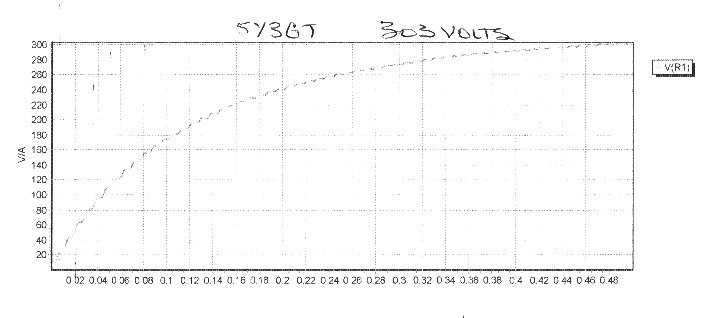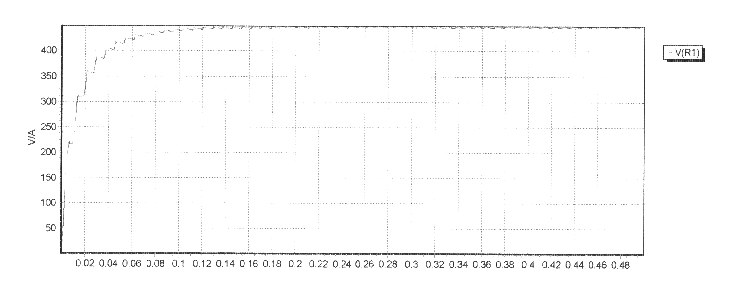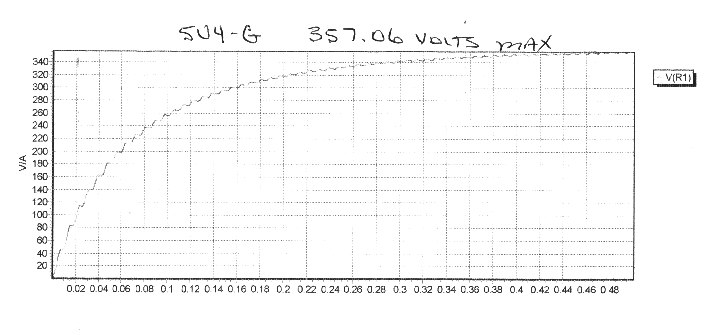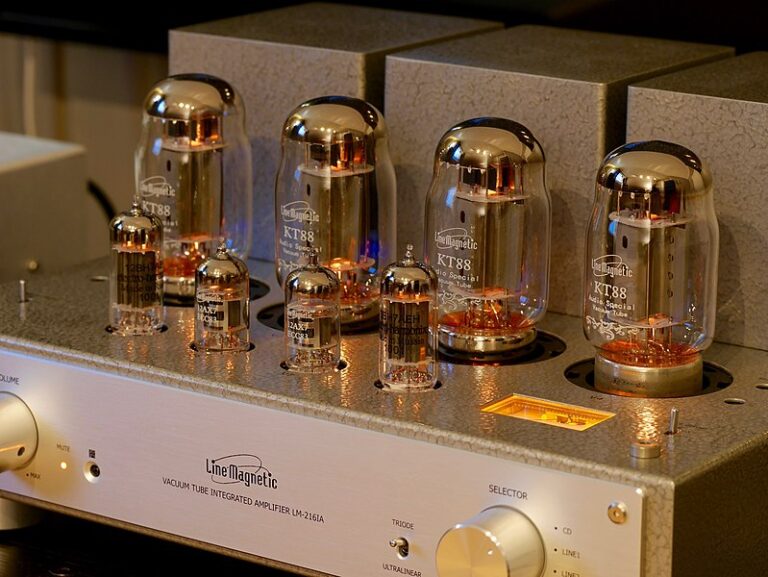Tube Rectifiers: How they differ & compare to Solid-State Rectifiers
Many people have many opinions on rectifiers in vacuum tube guitar amplifiers. Some people feel that solid-state rectifiers are more reliable. This is true in one sense but gives vacuum tube rectifiers an “implied” unreliability.
I found vacuum tube rectifiers rarely fail. If they do fail, it is usually a case of physical damage, or the rectifier being bad in the first place, and failing in newly made amplifiers (see various model reviews here) where the rectifier failed due to bad manufacturing. In the case of the Chinese rectifiers, when new, I have seen a 50% failure rate. A bad rectifier will usually show itself in one of two ways.
- Power light comes on, but NO sound at all comes from the amp.
- When you flip the amp off standby and into play when all seemed fine, your fuse will blow.
There are rectifiers with 4 pins and 5 pins, of the same type. The four-pin rectifier may be indirectly heated, and not work well in some amp designs, so if a 5 pin rectifier comes out of your amp, put a 5 pin rectifier back in your amp.
The rectifier basically converts the AC line current coming into your amplifier to the DC voltages that are needed. A solid-state rectifier is easier to fit into an amp design, can provide more power, does not run as hot, and is less expensive than its tube counterparts.
The Marshall JTM-45 used a tube rectifier, but when Marshall came out with the 50-watt version of the amp, a solid-state rectifier was a change in the design. Most Fender amps over 40 watts use a solid-state rectifier.
If you have an older amp with a tube rectifier and want to replace it with a solid-state replacement, be sure to first check your amp and make sure all the other portions of the amp are in good condition. The solid-state rectifier is capable of higher voltages.
As you will see in the charts, different rectifiers have different characteristics. In many amps, you can get a different sound and feel by replacing the rectifier with different types. Matchless is one example that lets the user choose various tube rectifiers as part of their features.
A solid-state rectifier will give very fast rise time and response as the voltages are produced very quickly. A vacuum tube rectifier will yield more to the player’s touch dynamics, sound warmer and less harsh by some folks feel, and give the compression and sustain in a much different way than its solid-state brother.
Typical Rectifier Voltage Drops
- 5Y3 – 60 volts @ 125 mA
- 5U4GB – 50 volts @ 275 mA
- 5U4 – 44 volts @ 225 mA
- 5V4 – 25 volts @ 175 mA
- 5AR4 – 17 volts @ 225 mA
When one initially hits a loud note or chord, with a tube rectifier, there is voltage sag, in some cases, a LOT of sags. As the note or chord starts to decay, the voltage then builds, and what you have in essence, is a built-in compressor/sustain device.
If you look at the charts, you will see how fast the voltage is developed with a solid-state rectifier versus a tube rectifier.

Using the same circuit, we replace the rectifier section. We used the same voltage input in all cases, but in the case of the 5Y3GT rectifier in the last test, our transformer output of 333v had to be reduced to 330v, as the 5Y3GT would have been pushed just a touch beyond its design limits. This change had negligible results on the final outcome.
The tests were measured over a period of 500 milliseconds, or ½ a second.

Using the commonly used configuration of 1N4007 diodes, it’s easy to see in comparison with the vacuum tube rectifiers, the difference in rising time to get the voltage we are after. It is a bit less apparent, but in this case with the solid-state rectifier, we had 449.08 volts available for our B+ voltage, the highest voltage in the group.
This is also something to keep in mind when you replace a tube rectifier with a solid-state replacement, as your output tube bias will probably need to be checked. In the case of a class A amplifier such as a Vox AC-15, AC-30, a Matchless amp, most Carr amps, or others, the bias is automatically taken care of, but in older class A amps, you may also want to be concerned about the output transformers and capacitors if they are older. The amp will be running at higher voltages, and in some cases, much higher voltages as you will see later.
In .01 seconds, with the solid-state rectifier, we basically had full power. Our voltage was 449.08 as previously stated.

Moving along, we substituted a 5AR4 vacuum tube rectifier. This is one of the strongest vacuum tube units used today. It took about two times as long, .02 seconds, for out maximum voltage to be developed, 413.9 volts. This is a fairly large drop from the earlier solid-state rectifier.

Going to a 5U4-G, commonly used in some Mesa Rectifier products, we found that it took .40 seconds to develop full voltage. This is a long time compared to the solid-state device, and twice as long as the 5AR4. This is almost half a second, and most people can hear something that is ½ a second long in duration or delay. Our high voltage was 357.06 volts,
or almost 100 volts less than the solid-state device.
The 5R4-GYB, often used in place of the 5U4-G. About the same rise time as the 5U4-G above, but had a maximum voltage of 330.93 volts. This is a nice rectifier in some Fender Deluxe-type amps that have been made with everything from the little 5Y3 to a GZ34 in the past. It’s a great blues rectifier in these amps.

Lastly, we tried the 5Y3GT. Rise time was almost a full half a second at .44 seconds. Our maximum voltage was 303 volts.
Now you have a little more information on rectifiers, and how the changing of types in a rectifier-equipped amplifier can change the sound of the amp, the power of the amp, and the characteristics of touch, feel, and sustain.
In most cases, the NOS rectifiers are better than those of today. The Chinese ones still have a long way to go to reach the specs of those of the past. The Russian ones are the best of the new ones, and the JJ factory is currently working on a re-release of the GZ34 which shows promise. Mesa Boogie products currently use mostly the Chinese variety.
As a safety note – you can generally go “down” but not always “up”. This means you can generally put a 5U4 or 5Y3 in an amp that had a 5AR4, but it is not recommended to put a 5AR4 or 5U4 in an amp that had a stock 5Y3. The increase in voltages may be too much for the other components in the amplifier.







